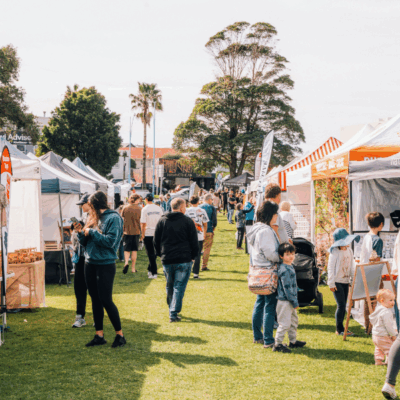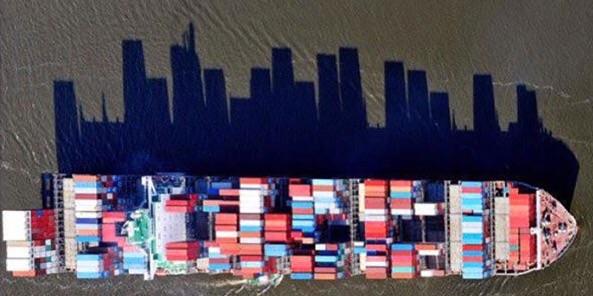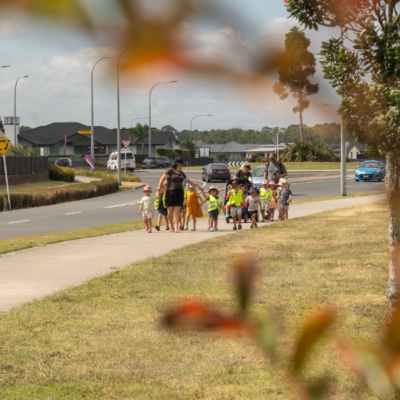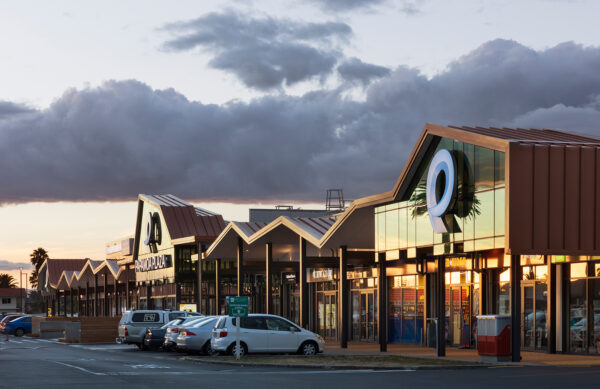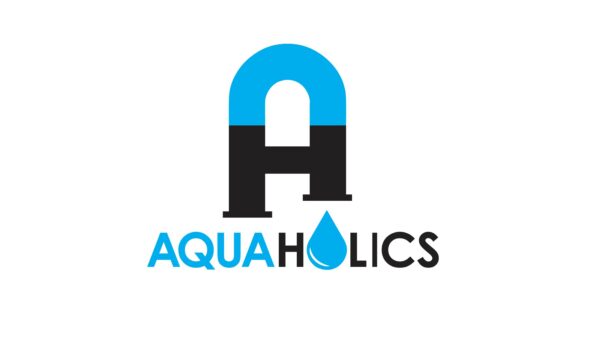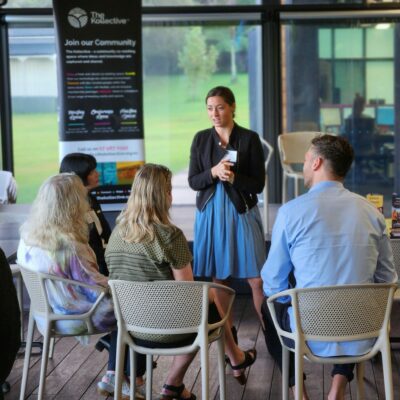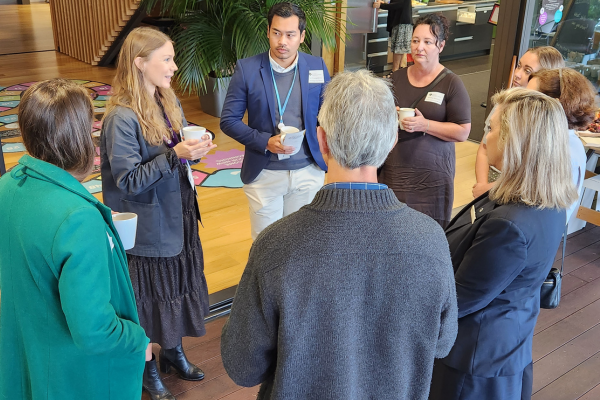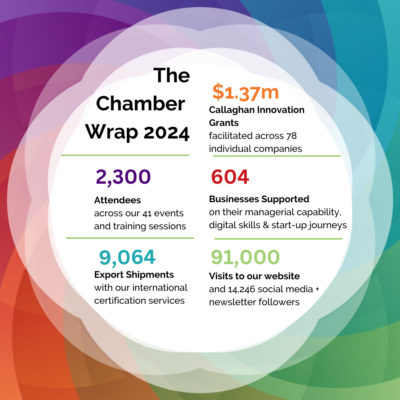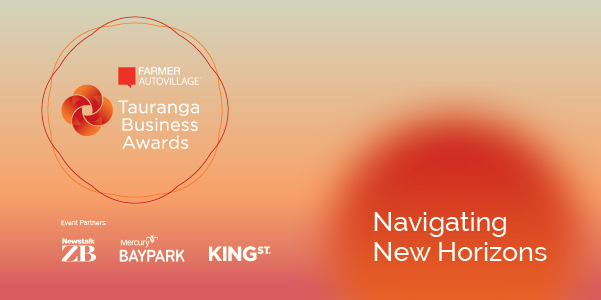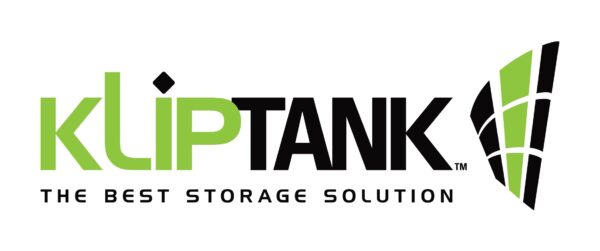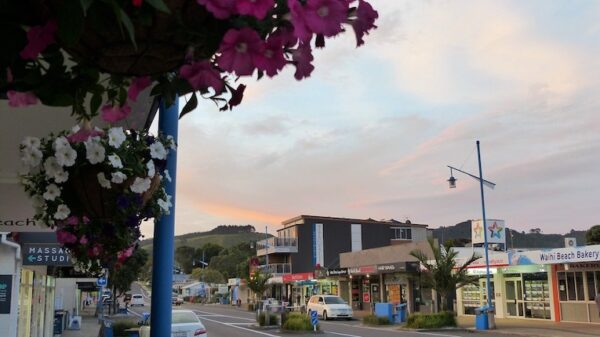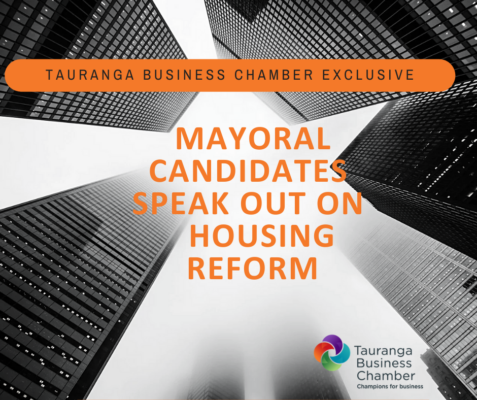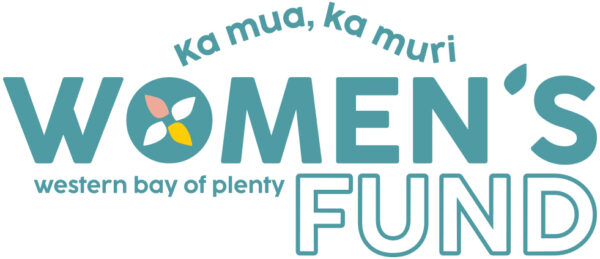During lockdown, we brought you a series of ‘think pieces’ from Peter McKinlay, director of McKinlay Douglas Ltd looking at how we could use the learnings of COVID-19 lockdown to adapt.
Given the recent return to Alert Level restrictions, we asked Peter to provide some insights on the latest developments and what this means for our COVID recovery.
First, New Zealand eliminated COVID-19, then it eliminated elimination!
Rod Oram once observed New Zealanders are famously tactical and not at all strategic. The implication was we were highly skilled at coping with the short-term, but at the cost of failing to think long-term and envisage the potential of different futures and how best to turn them to our advantage.
Reactions to the resurgence of COVID-19 show how deeply embedded this approach is in the way that New Zealanders react to changes in their environment. The torrent of criticism directed at government has been totally focused on the tactical aspects – alleged failures of checking at the border, insufficient monitoring, insufficient testing, breakdowns in communication, misunderstandings… There’s been virtually no assessment of what it says about government’s strategic thinking. Indeed, almost the only reaction which could be regarded as strategic is the ongoing repetition of demands that the border be reopened in the interests of the economy.
Let’s put the attack response to one side and have a harder, more strategic look at the implications of the latest outbreaks.
What is clear is that both the virus in the ‘Auckland August cluster’ and that which infected the Rydges Hotel maintenance worker are not the same virus as has been responsible for earlier COVID-19 infections in New Zealand. Inferences which can be drawn from this include:
- First, these cases were not a failure of the current border management strategy and,
- Secondly, that COVID-19’s behaviour is still not well understood making ongoing management of an elimination strategy extremely difficult.
The immediate tactical response is to suggest further tightening of restrictions at the border, including not just entry points by air, but entry points by sea, more intensive testing, including people who are asymptomatic but could potentially have been exposed to COVID-19, casting the net wider than known contacts to include people who may simply have been in the vicinity of someone infected with COVID-19, and imposing additional restrictions on numbers who can gather together.
Now apply a strategic overlay. Further tightening of restrictions on the border would come close to turning New Zealand into a hermit Kingdom. More intensive internal management, including restrictions on gatherings, would have a major impact among other activities on sport, entertainment and education. The economic impacts, including on employment and trade, would be very major. The social impacts could be expected to include increasing inequality and a significant increase in serious mental health problems.
Next, think about duration. There is a growing view globally most countries will need to get used to living with COVID-19 not because of government mismanagement (although that’s obviously a major factor in a number of countries) but simply because the virus is so difficult to manage. Look out five years and ask whether New Zealand’s economy and society could cope with a regime of a closed border and ongoing major controls internally.
What’s the alternative? First and foremost there needs to be an informed public discussion about the options and the associated risks. Should New Zealand move to a border management approach which allows a semblance of free movement provided people (and goods) meet some pre-agreed standards demonstrating they present a minimal risk (for example, coming from a country which is managing COVID-19 well and having conclusive proof – or as conclusive as current science will allow – they are COVID-19 free).

How should New Zealand respond in the event of further outbreaks? Placing selected regions or the entire country under Alert Level 3 or even 4 conditions? Could New Zealand afford the possibility of an ongoing series of lockdowns whether those costs were borne by businesses and individuals within the lockdown area, or largely carried by government as with the initial lockdown? What about the differential impact on New Zealand’s many and diverse communities?
What using the strategic lens tells us is that New Zealand is almost certainly on the cusp of major change in the way we function as a society and how we take the critical decisions which affect our individual and collective futures.
Crucially, it’s not just about how government operates. It’s about how we take decisions locally including how we focus on building our own and long-term equivalents of the team of 5 million. For the Western Bay this means a number of our relatively entrenched silos (councils, philanthropic trusts, major institutions providing public, voluntary and business services) will need to play a full part in building a collaborative participatory society.
This means, for example, placing an absolute priority on making the best use of public resources (the Western Bay probably holds more public wealth per capita than any other region, the creative use of which will play an important part in determining how well Western Bay communities build back better from the impact of COVID-19). It means councils and government agencies working collaboratively with the communities they serve (much credit is currently due to the way that the Waiariki-Bay of Plenty regional lead for public services is developing his role).
What the latest iteration in the COVID-19 saga is doing is creating the opportunity and the imperative to recalibrate how businesses, communities, iwi, public agencies and others function. It’s the chance to shift from what’s been a relatively dysfunctional top-down tradition to a much more collaborative and potentially much more productive way of leading our business, personal and community lives.





